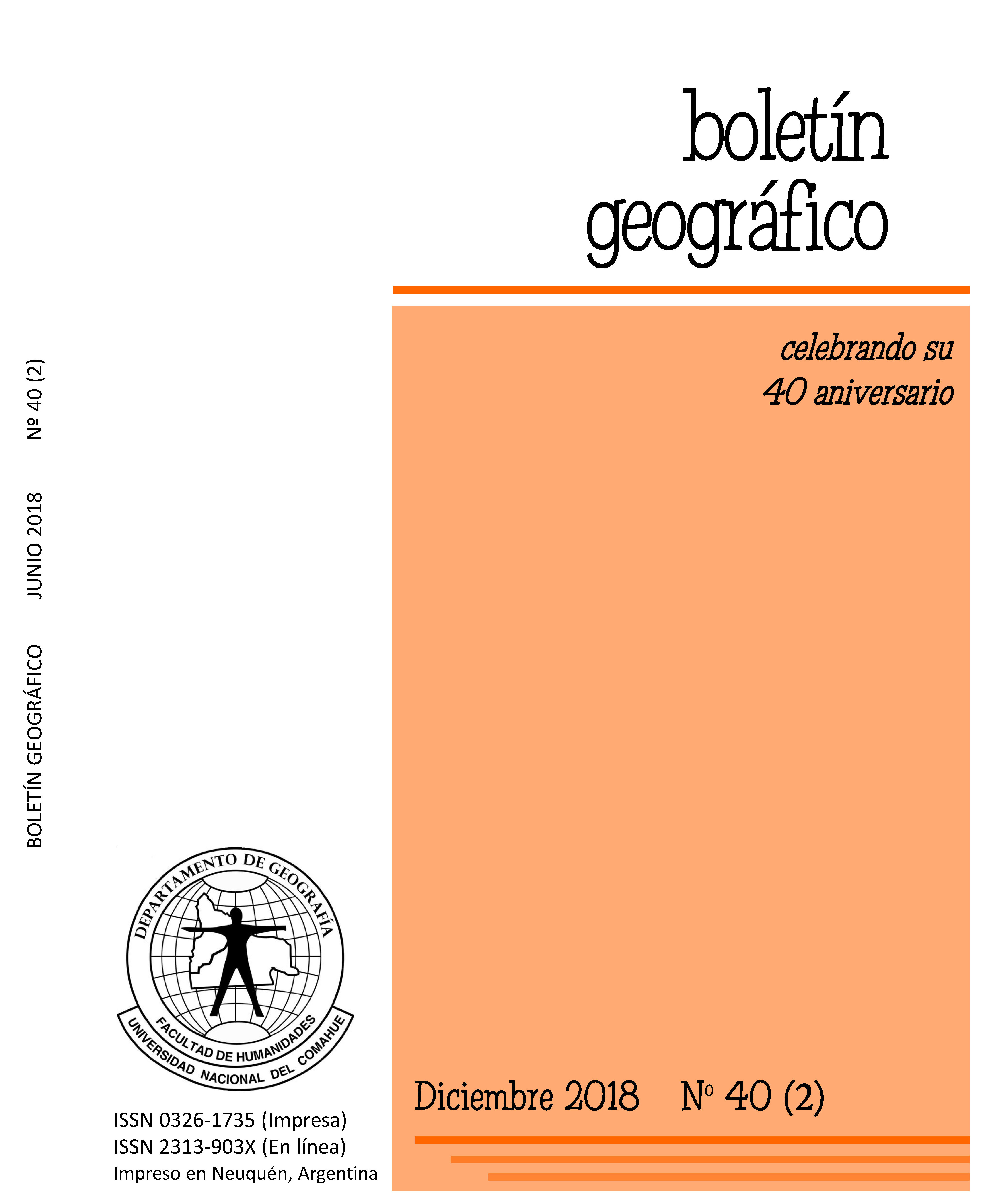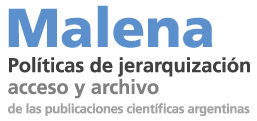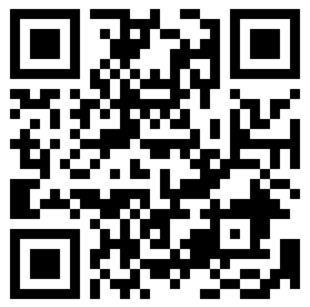COMMON USES OF EDIBLE PLANTS IN THE COQUIMBO REGION, CHILE
Keywords:
Edible plants, Rural community, BiodiversityAbstract
The present case study is related to the importance of edible plants present in the mostazal valley, Monte Patria commune, Limarí province, Coquimbo region. The objective of the work is to identify and recognize edible plants in the mostazal valley. The study area was delimited with the help of the computer program Google Earth, bibliographic material was used to identify the plants and with some villagers help, their common names were recognized; some didactic schemes were done to organize and describe the information. A list is made with the geographical points where the plants were found, differentiating their natural habitats, the origin of the species and some applications in traditional peasant food. The results of this study will allow to know these vegetables, their characteristics and the threats, creating an attitude of respect and appreciation of these natural resources.Downloads
References
Contreras, M., Cea A., & Marambio, Y. (2014). Flores de la comuna de Caldera, Región de Atacama. Instituto Milenio de Ecología y Biodiversidad (IEB), F.N.D.R, Gobierno Regional de Atacama.
Chízmar, C., (2009). Plantas comestibles de Centroamérica. 1a ed. -- Instituto Nacional de Biodiversidad, INBio. Santo Domingo de Heredia, Costa Rica.
Chile Flora. (24 de febrero de 2007). Obtenido de
ww.chileflora.com/Florachilena/Floraspanish/HighResPages/SH0352.htm
Hoffmann, A. (2012). Flora silvestre de Chile, zona central. (5ta edición). Fundación Claudio Gay. Santiago de Chile.
Hoffmann, A. E. (2004). Cactáceas en la flora silvestre de Chile. Ediciones Fundación Claudio Gay. Santiago, Chile.
Hoffmann, A. E., J. Watson & A. Flores. (2015). Flora silvestre de Chile, cuando el desierto florece. Monocotiledóneas y otros taxones. 1, 138-139.
Hoffmann, A. C. Farga, J. Lastra, & Veghazi,E. (2003). Plantas medicinales de uso común en Chile. Fundación Claudio Gay. Santiago, Chile.
Instituto Nacional de Estadísticas (INE) (2007). División Política Administrativa y Censal INE, Instituto Nacional de Estadísticas, Santiago de Chile.
http://historico.ine.cl/canales/chile_estadistico/territorio/division_politico_administrativa/pdf/DPA_COMPLETA.pdf Visto 10-08-2017.
Jaime. E & R. Villaseñor. (2016). Plantas parasitas y trepadoras en el cerro La Olla, Un estudio etnobotánico en la comuna de Monte Patria, Región de Coquimbo. Chile Chloris Chilensis. 19 (1).
Jaime, E & R. Villaseñor (2017). Flora nativa de interés apícola, en La Cuenca de Tulahuencito, Región de Coquimbo, (Chile). Anales del Museo de Historia Natural de Valparaíso
Jorquera, A., Iturrieta, C., Sánchez, F., Valdés, M., Espinosa, M. & Espinosa, S. (2013). La importancia de los humedales del río Mostazal, comuna de Monte Patria. Junta vigilancia del río Mostazal y sus afluentes, Proyecto Fondo de Protección Ambiental FPA 4-G-O11-2012.
Llamas, F & Acevedo C. (1999). Lo que VD. sobre, Plantas útiles, cartilla de divulgación Imprenta Rubín, S.L. - LEON - Departamento de Biología Vegetal. Universidad de León. España.
Riedemann, P., G. Aldunate & S. Teillier. (2008). Flora nativa de valor ornamental, identificación y propagación, cordillera de los Andes. Editorial Andrés Bello. Santiago, Chile.
Saéz, M. (2013). Turismo y desarrollo rural en comunidades Mapuches: Experiencia de caso de la Red de Ecoturismo Comunitario Trekaleyin, comuna de Alto Bio-Bio Chile.
Squeo, F., Osorio, R. &. Arancio. G., (1994). Flora de los Andes de Coquimbo: cordillera de Doña Ana. Ediciones Universidad de La Serena. La Serena. Chile Squeo, F., G. Arancio & Gutierrez, J., (2001). Libro rojo de la flora nativa y los sitios prioritarios para su conservación en la Región de Coquimbo. Ediciones Universidad de La Serena. La Serena. Chile.
Published
How to Cite
Issue
Section
License
Copyright (c) 2018 Boletin GeográficoTransfer of rights and data processing
The acceptance of an article for publication in the Journal Geographic Bulletin implies the cession of the rights of printing and reproduction, by any means and means, of the author in favor of the Department of Geography of the National University of Comahue, which will not reject any request reasonable for the authors to obtain permission to reproduce their contributions. The total or partial reproduction of the works published in the Geographic Bulletin must be done citing the origin, otherwise, the copyright is violated.
Likewise, it is understood that the concepts and opinions expressed in each work are the sole responsibility of the author, without being responsible or in solidarity, necessarily, neither the editorial staff nor the editorial staff.
It is the responsibility of the authors to be able to provide interested readers with copies of the raw data, procedure manuals, scores and, in general, relevant experimental material.
Likewise, the Management of the journal guarantees the appropriate treatment of personal data
COPYRIGHT TRANSFER FORM


















 Journal of the
Journal of the 